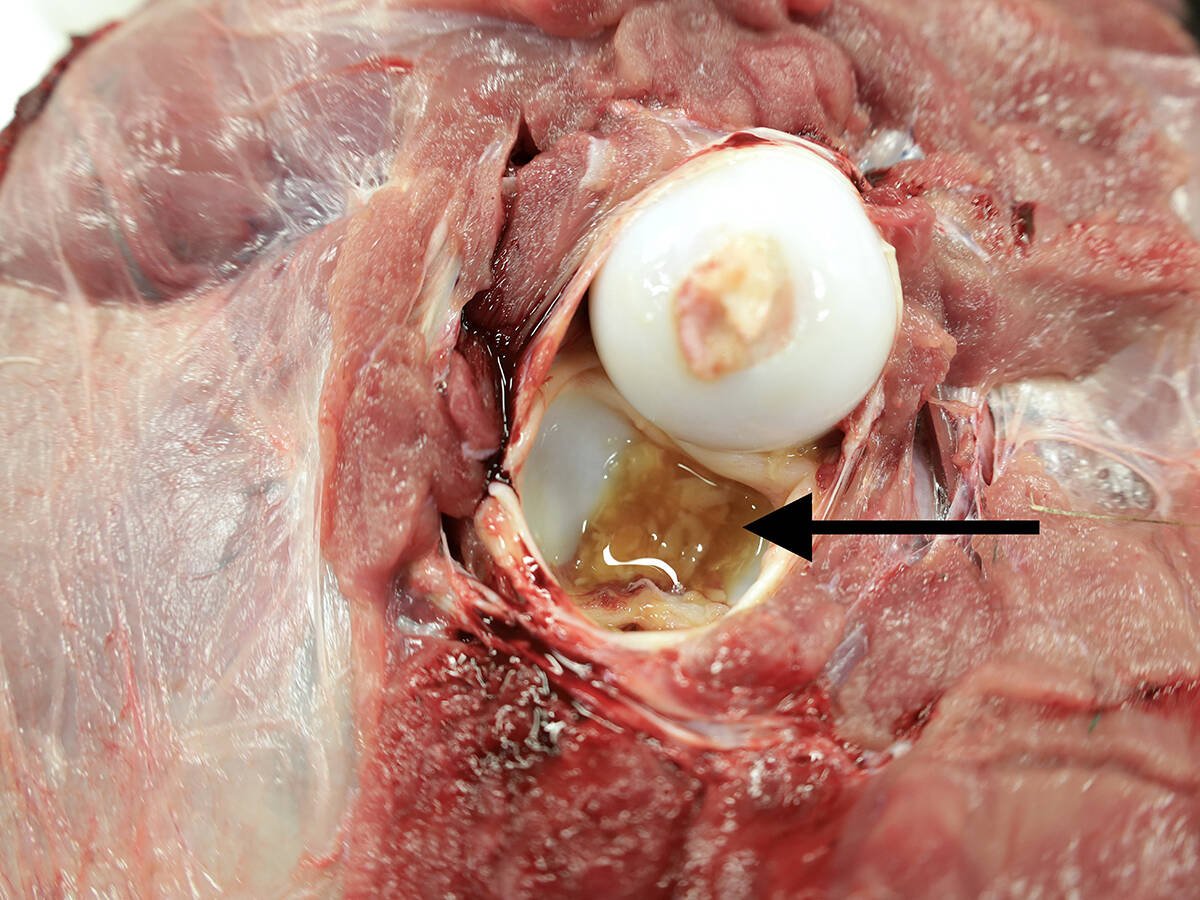KAMLOOPS, B.C. – Cattle producers must face soaring cattle numbers and higher production costs from a different angle if they are to deal with increased supplies and lower prices in 1994.
“Low cost, efficient operators will definitely be better able to handle a downturn in the market …. Making sure you’re in the right spot today, will ensure you’re still in the business five years from now,” said Canfax analyst Anne Dunford. Canfax is the marketing information service for the Canadian Cattlemen’s Association.
In her annual address to the CCA convention held here, Dunford said Alberta continues to lead Canada’s feeding sector, finishing 63 percent or 1.6 million head in 1993. The province is now the fifth largest cattle feeding region in North America behind Texas, Nebraska, Kansas and Colorado.
Read Also

Adequate colostrum can prevent bloodstream infections
Antibodies contained in colostrum are critical for preventing infections before the young animal’s own immune system gains experience with microbes, matures and takes over.
Alberta is home to 42 percent of the 14.2 million Canadian cow-calf herd, 24 percent are in Saskatchewan, Manitoba has 11 percent and British Columbia has six percent.
But these higher cattle numbers are also finishing at heavier weights. Consequently, prices are lower due to increased supply.
Because a cow’s production cycle is two years, Dunford said beef production will continue to swell by two to three percent annually until 1997. With it, prices could fall below production costs. She said the feedlot sector will continue to experience a rough ride for some time. Losses ranged from $100 to $150 per head for most of the summer.
She said price spreads between the three classes of fed, feeders and calves has historically been wide. In 1993, strong demand meant calves got a $35 premium over fed steers.
But as supplies have increased, the spread in prices has narrowed and that will likely continue through to the late 1990s.
Prices may drop
Dunford also predicted, as the American herd grows in size, Canadian feeder cattle prices won’t stay at a premium.
On the export side, feeder cattle exports are down considerably from record numbers going stateside a couple of years ago. About 70,000 head have been exported compared to 235,000 this time a year ago. Dunford expects more American feeders will come to Canada to fill pen space as buyers look for cheaper animals.
Exports of slaughter animals are still strong. A record 909,000 were exported to the U.S. in 1993. As of mid-August the slaughter cattle trade was down one percent for the same time last year. However, Canada’s kill has increased and beef exports have increased by about 20 percent compared to 1993.
The U.S. is still Canada’s best customer, taking 96.5 percent of exports. Japan, Korea and Mexico were other top buyers.















